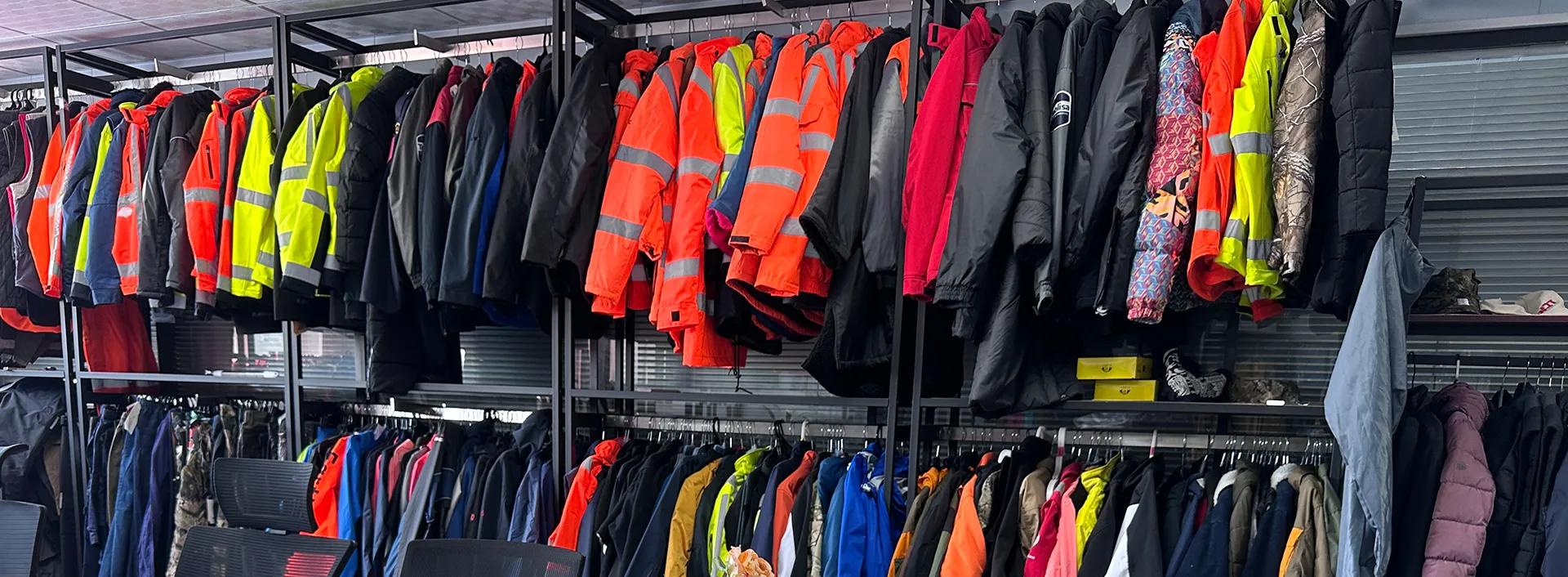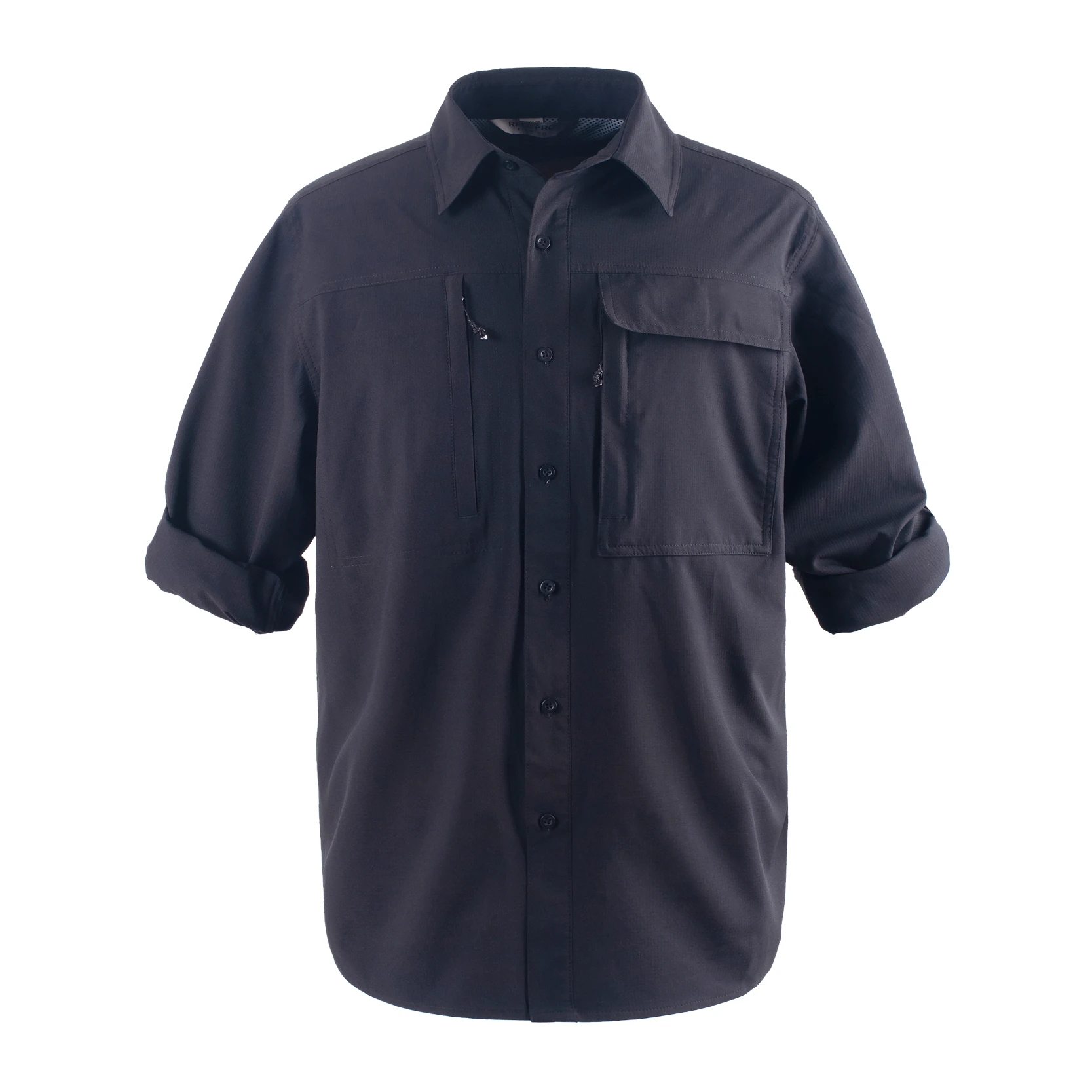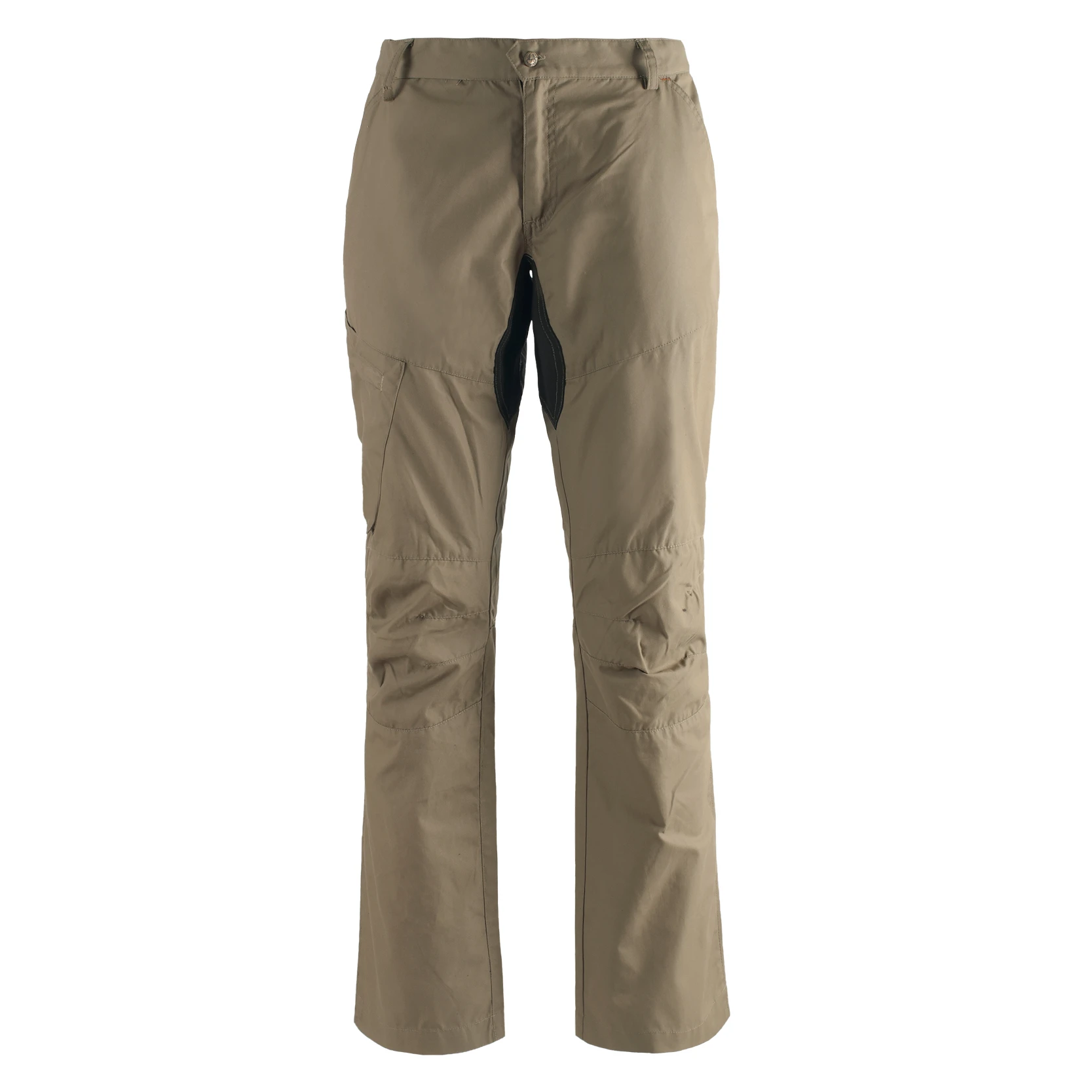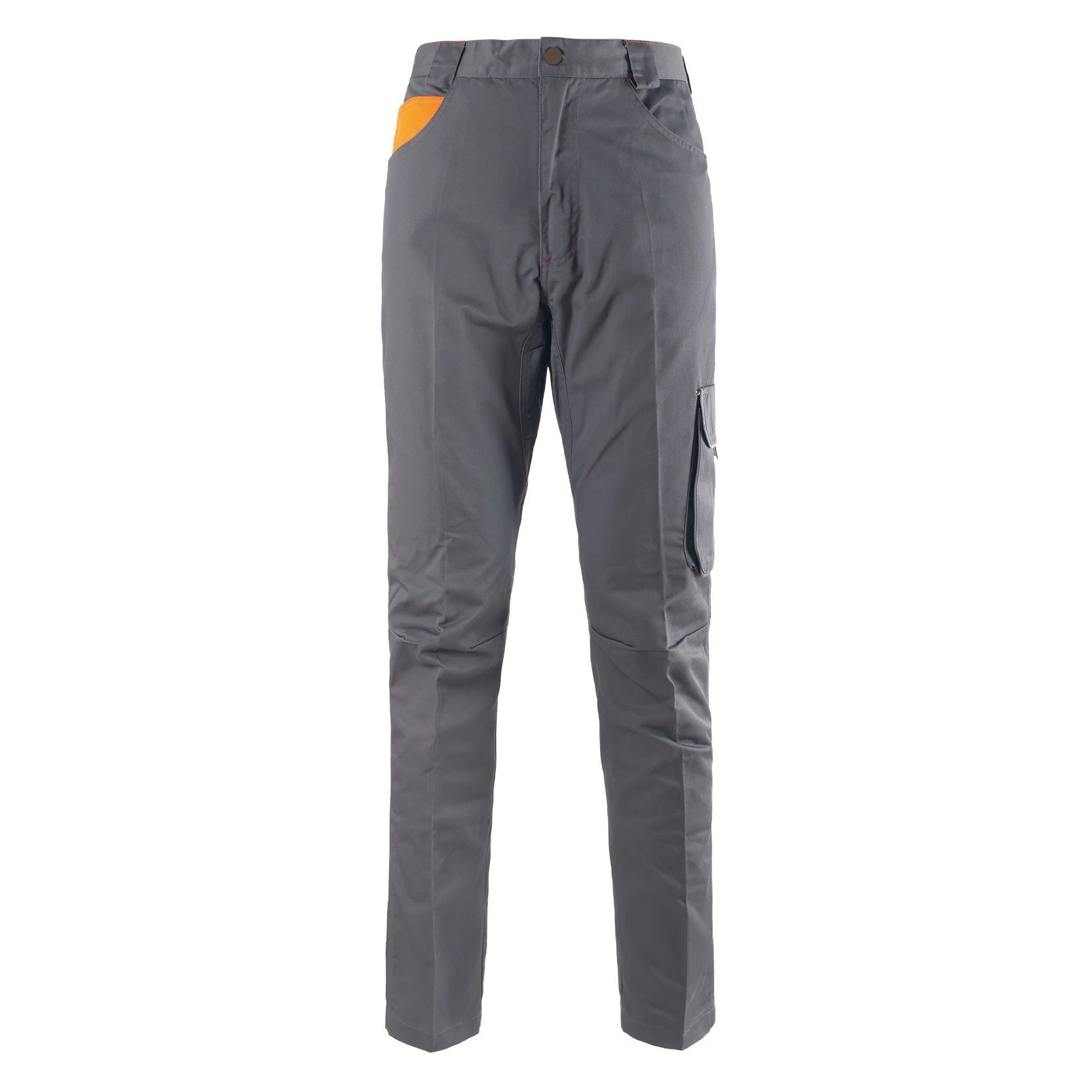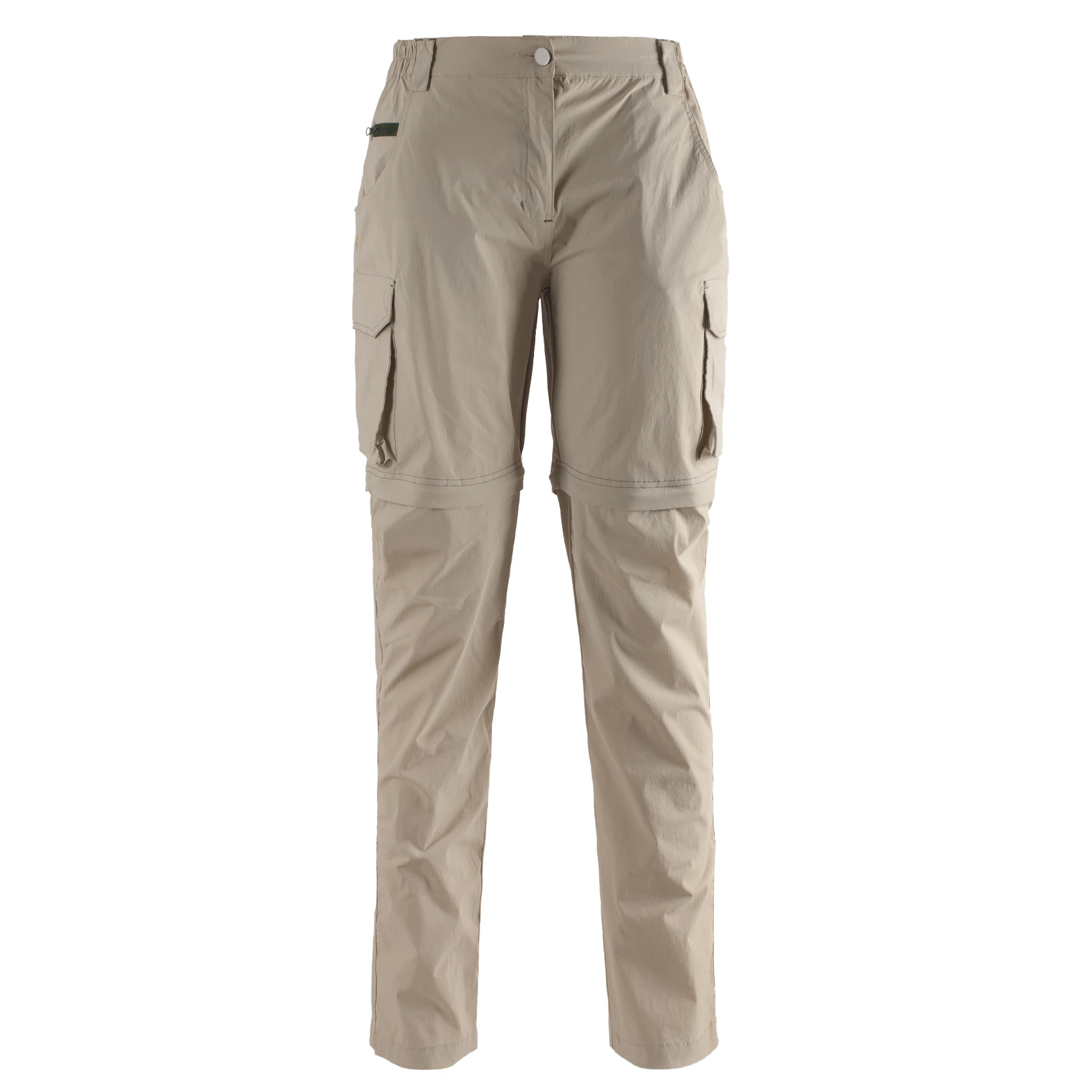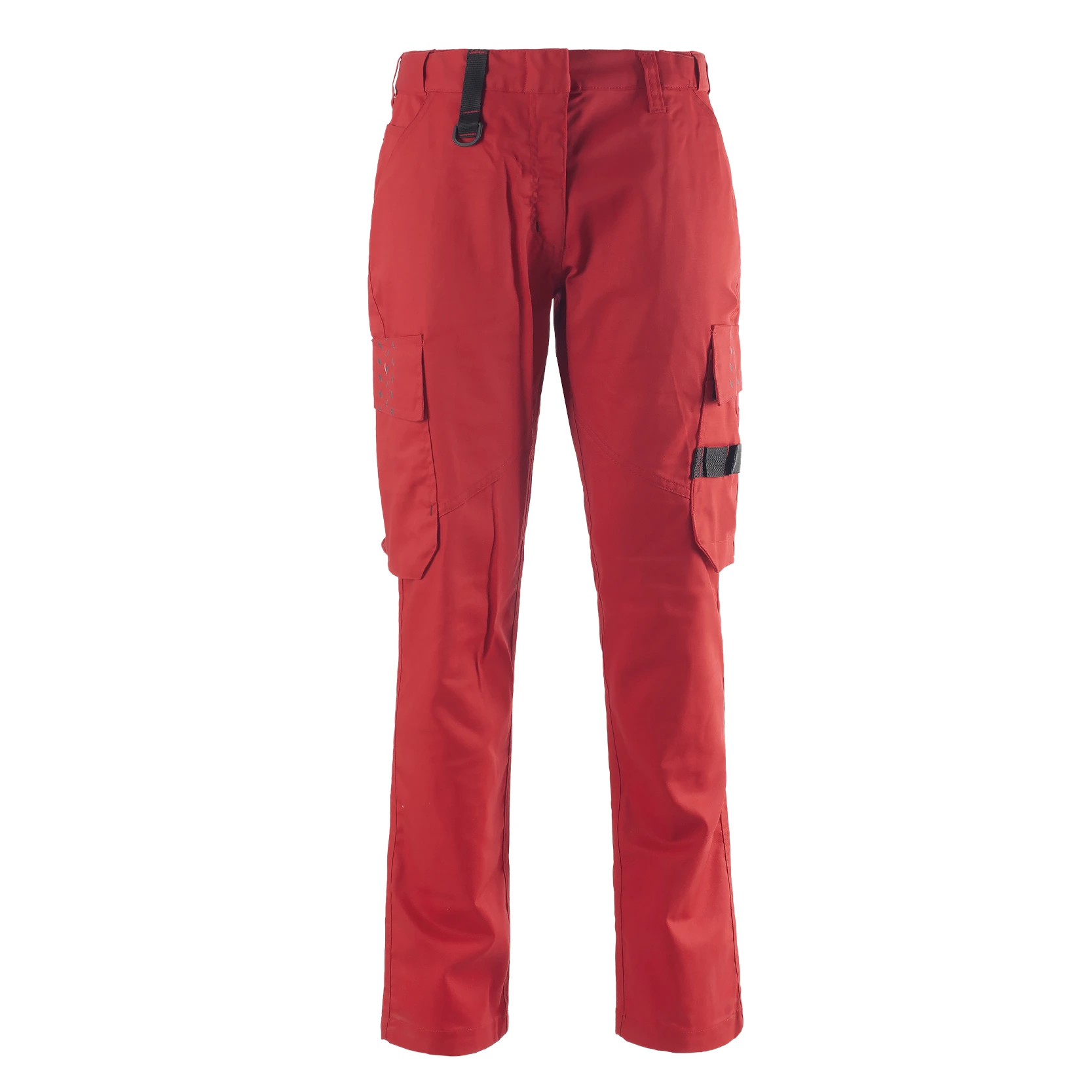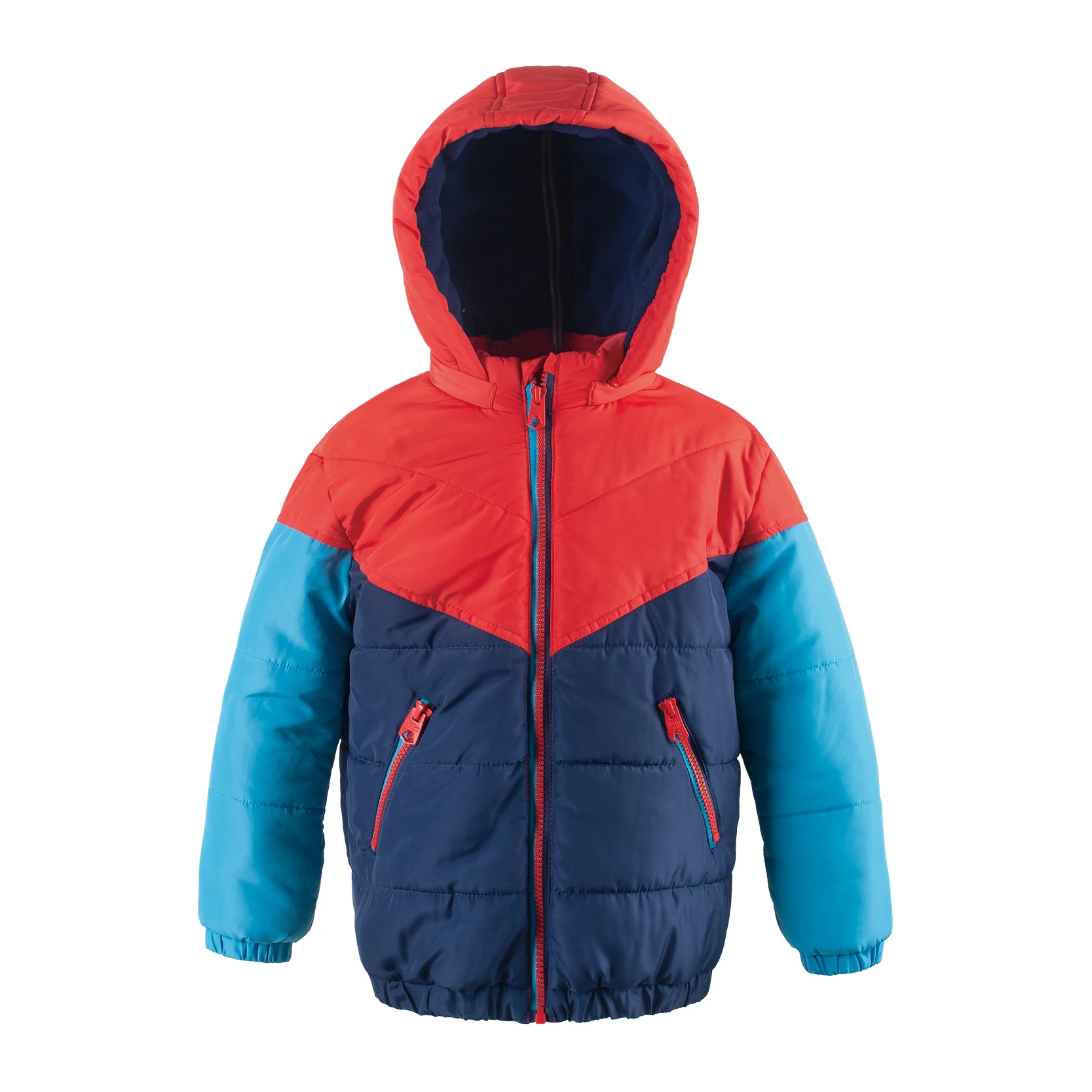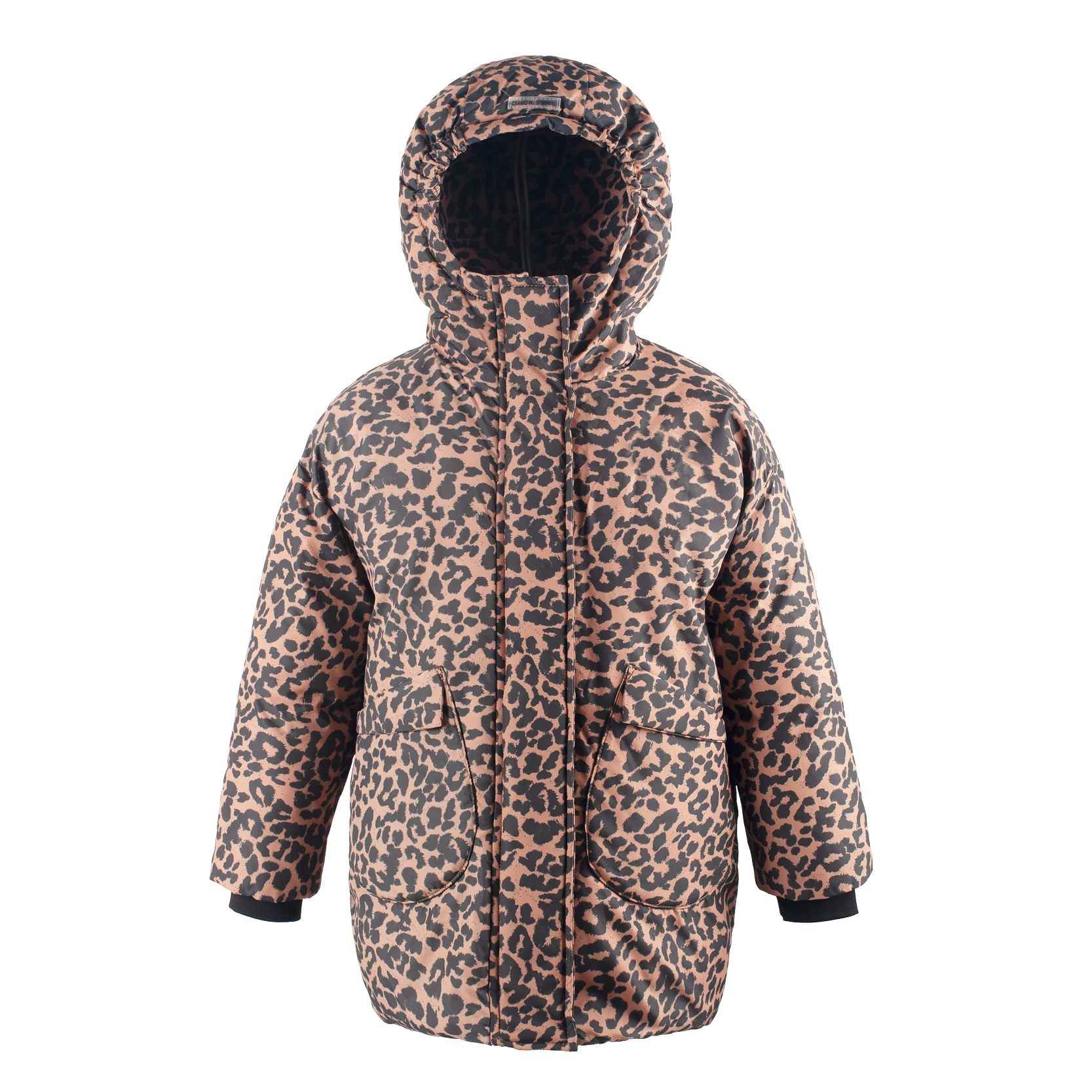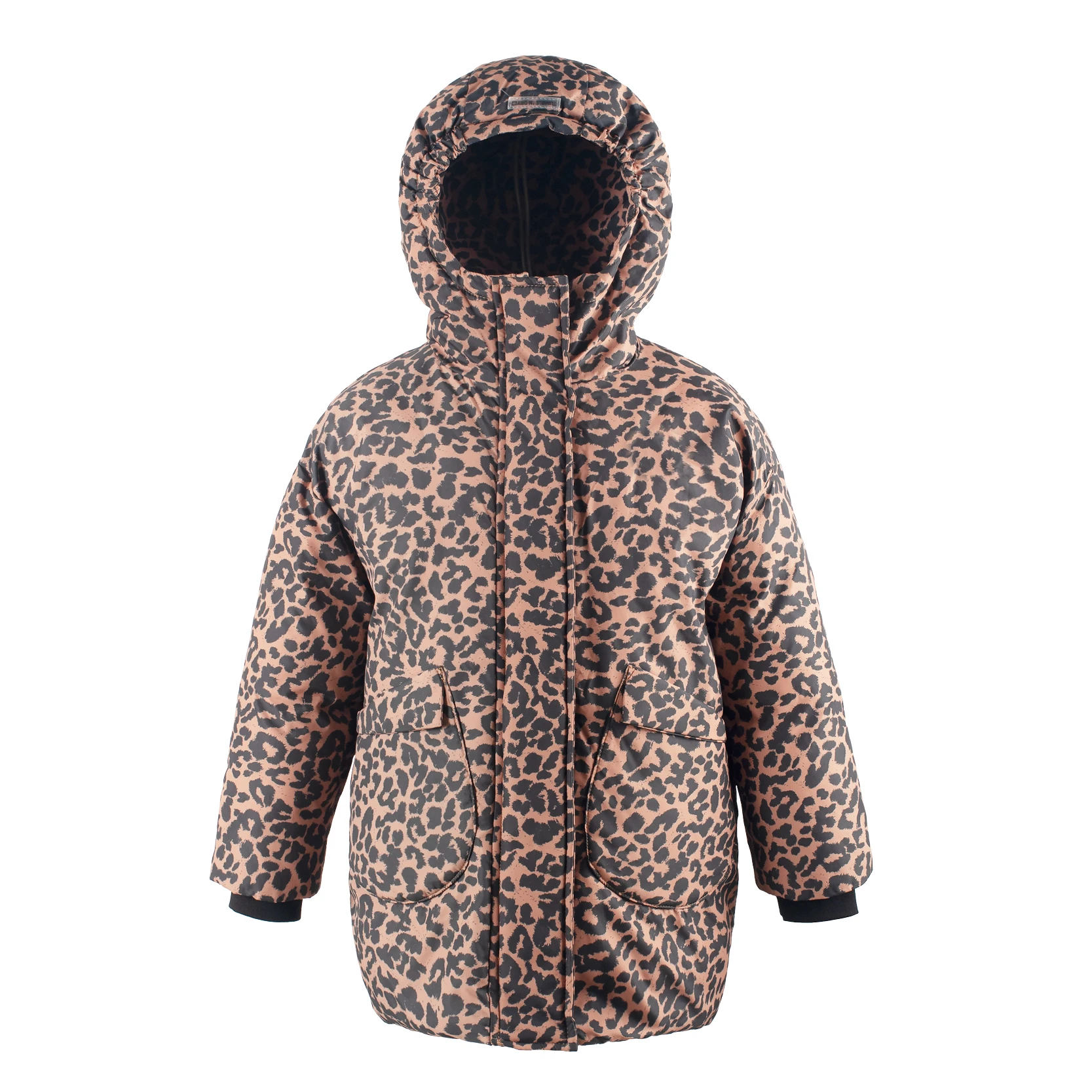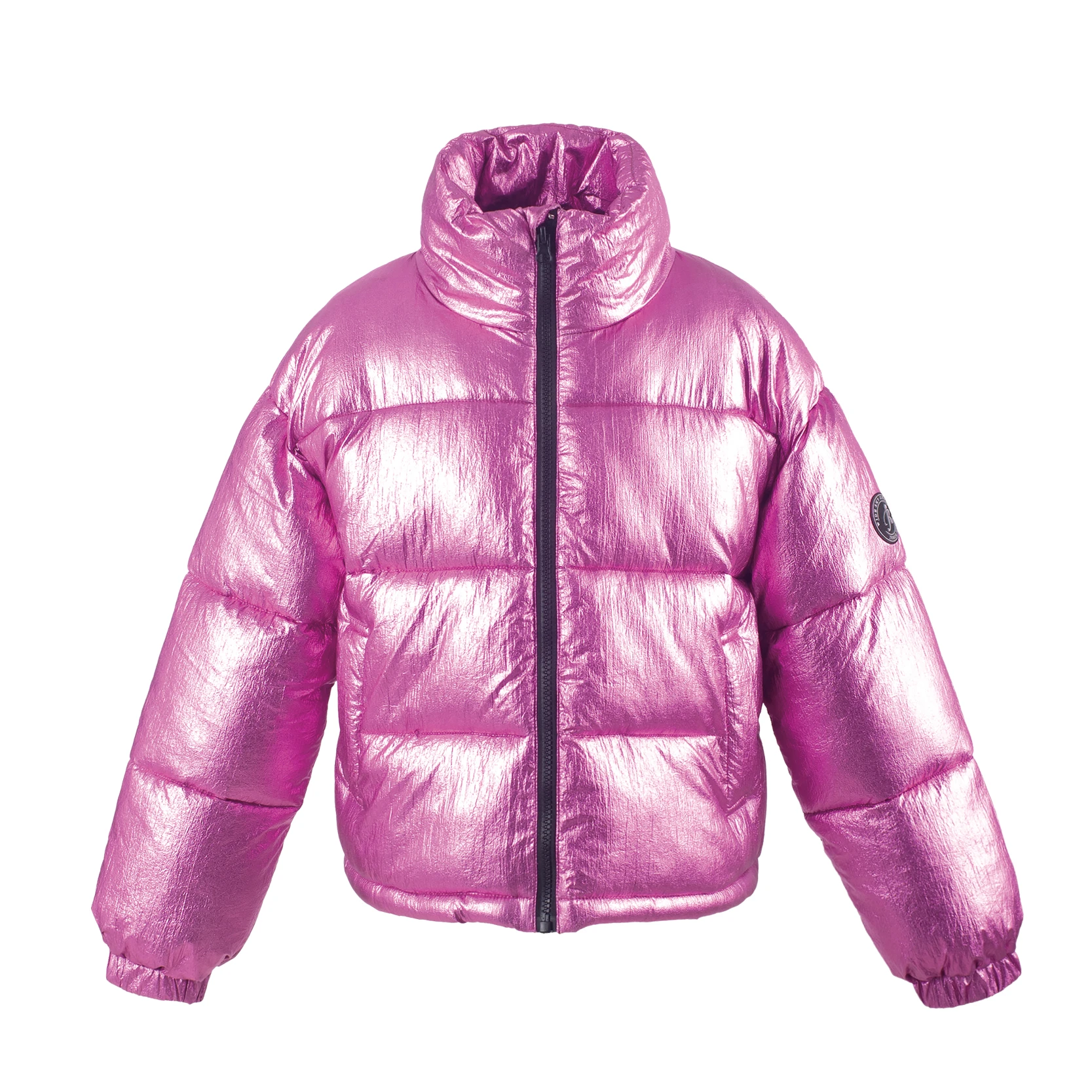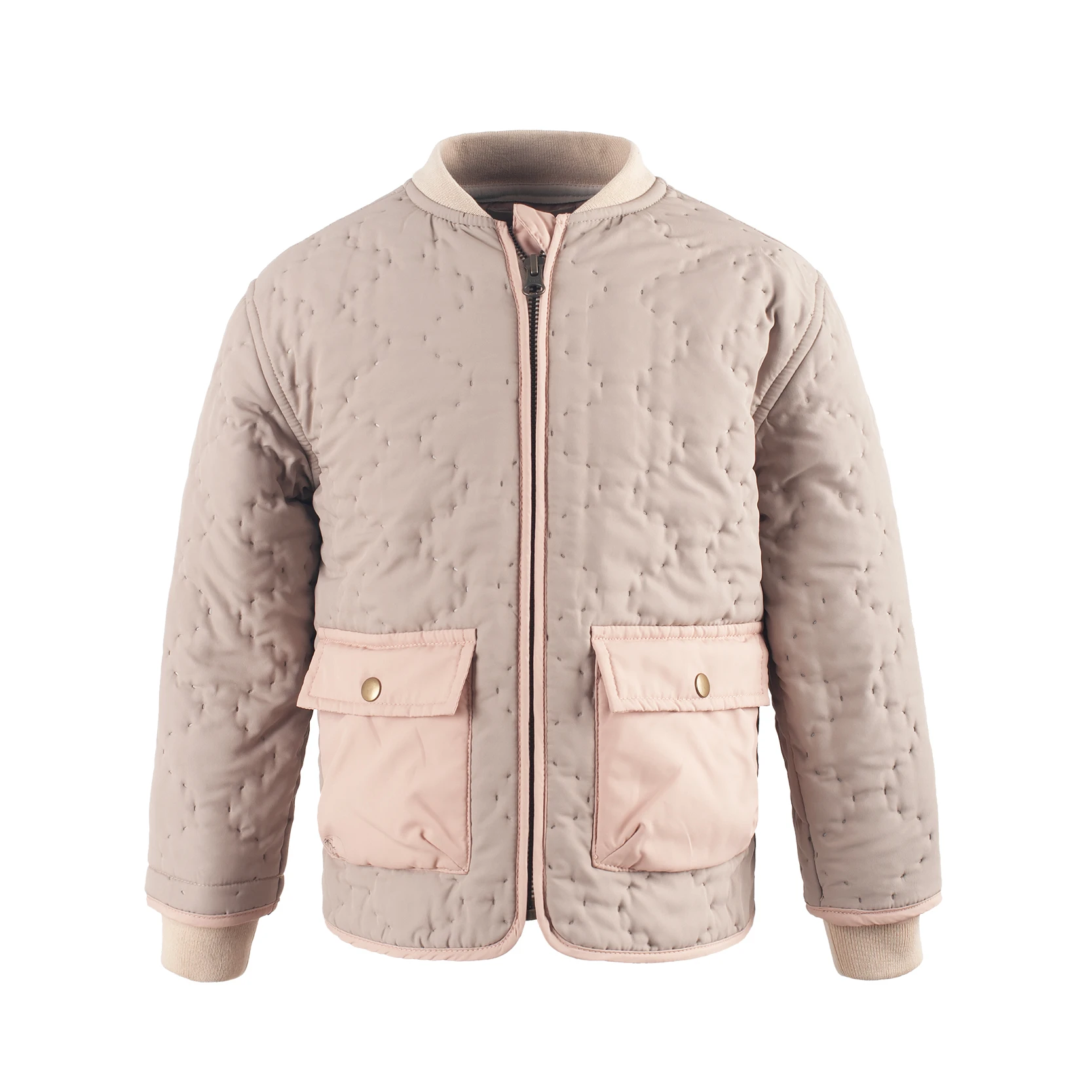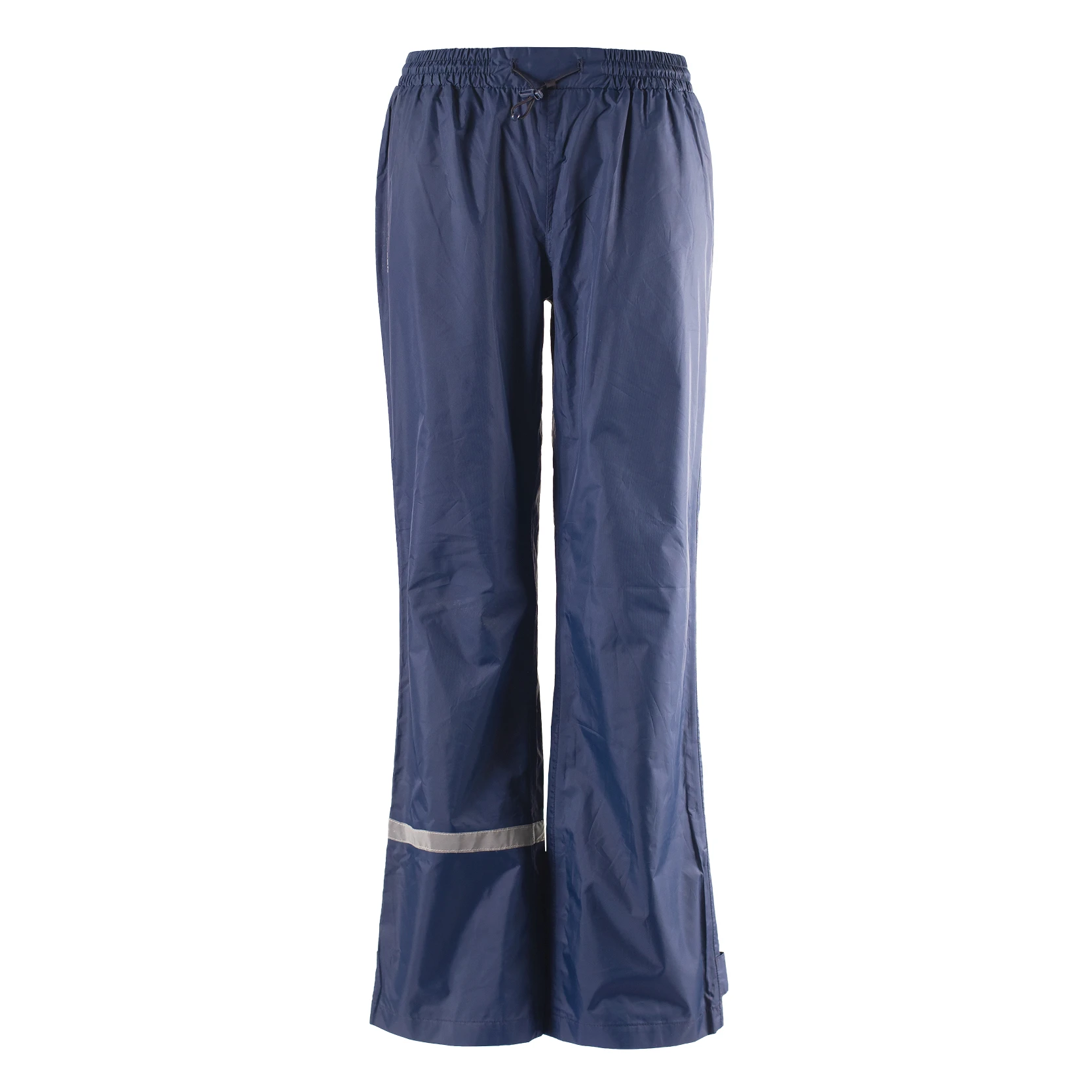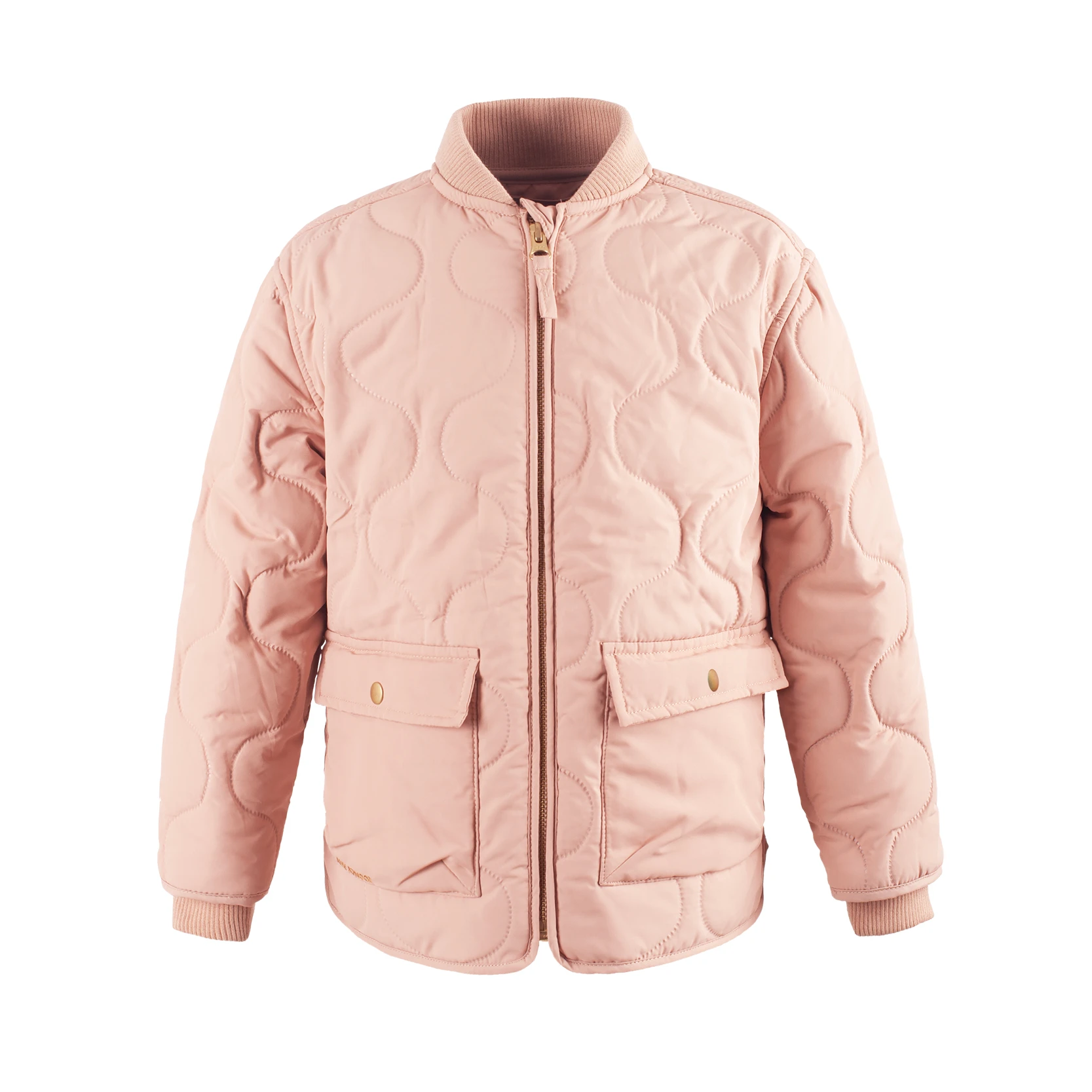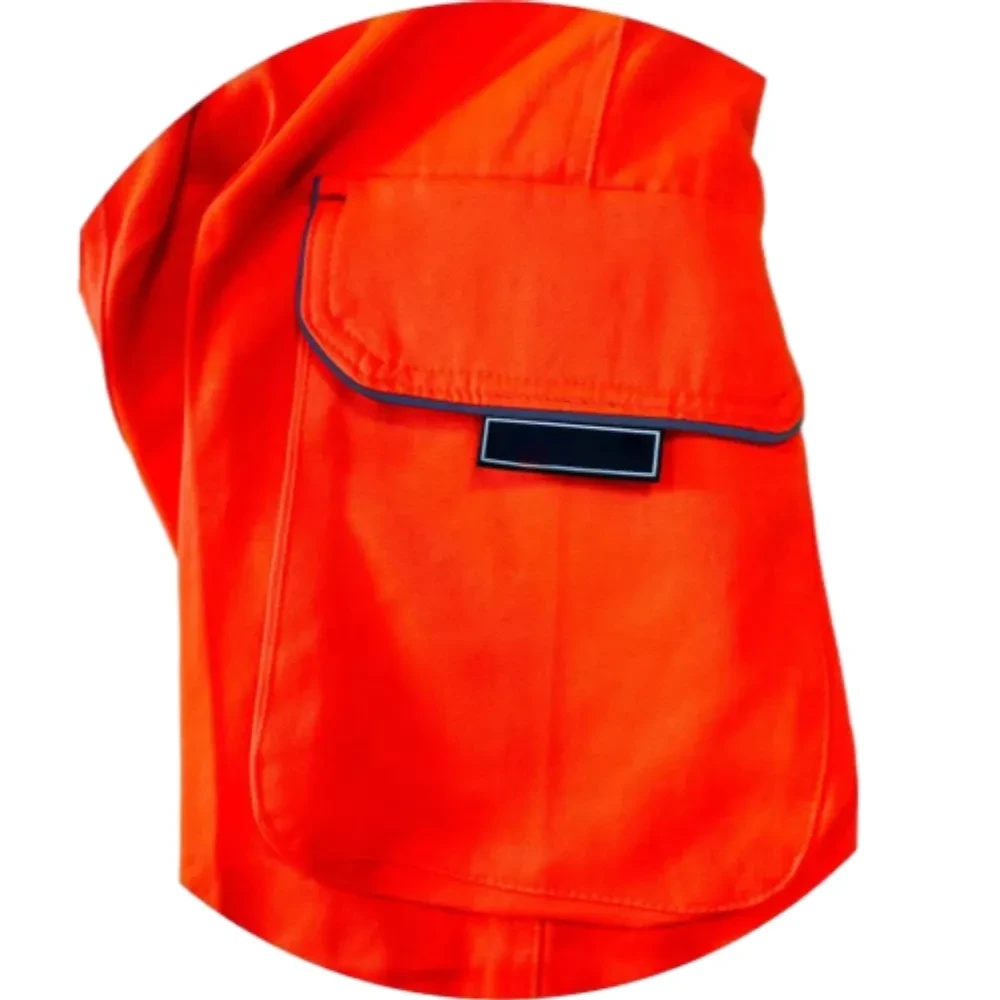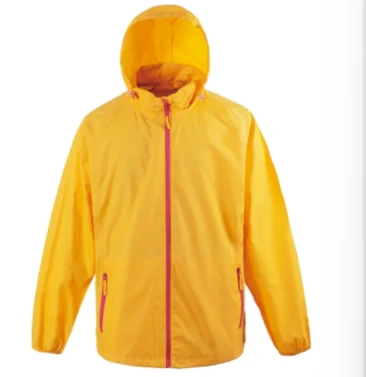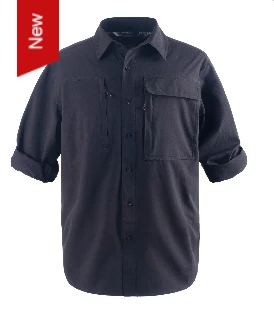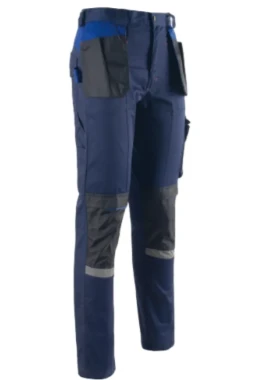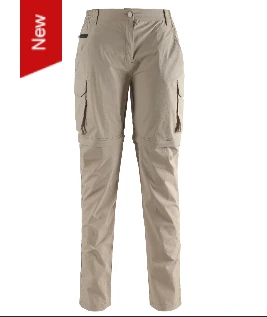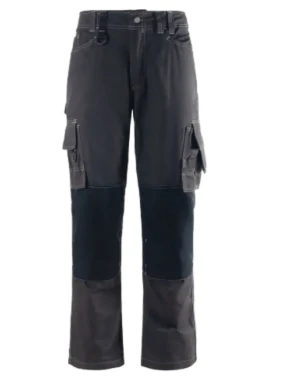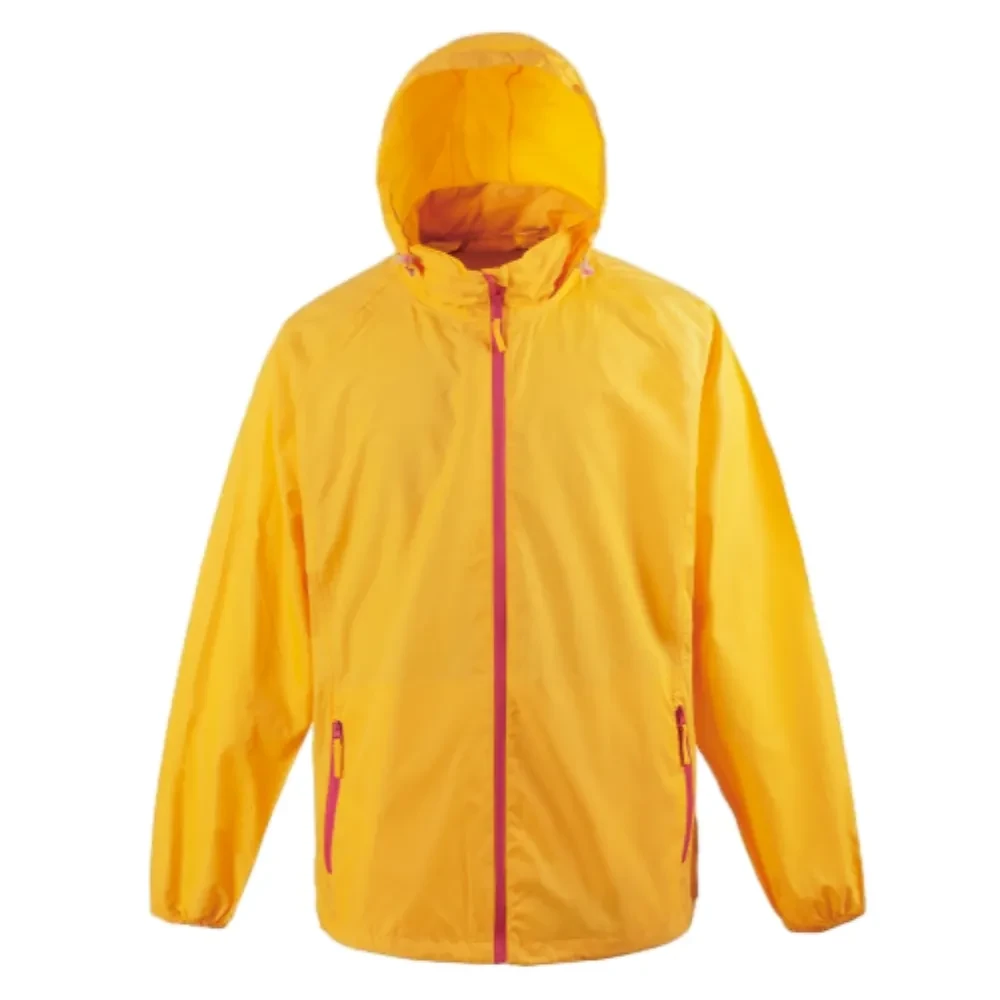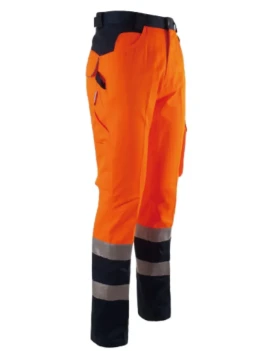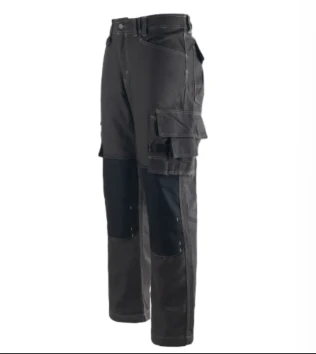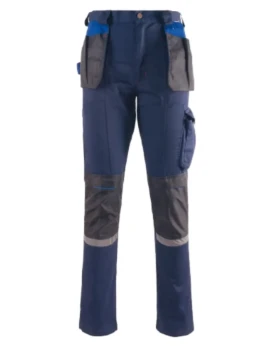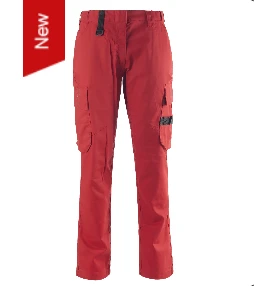Aug 13, 2025
03.07 / 2025
workwear
Workwear has metamorphosed from purely functional garments into a blend of practicality, style, and cultural significance. This transformation is influenced by changing workplace environments, innovations in fabric technology, and a keener awareness of sustainability. In the quest for workwear solutions, it becomes imperative to hinge focus on aspects like durability, functionality, and comfort without compromising on aesthetics and ethical manufacturing practices.
Technical specifications contribute significantly to a workwear product's acceptance in professional settings. For instance, adherence to industry standards such as ISO 11611 or EN 342 ensures compliance with safety and performance criteria. Producers backed by certifications not only affirm their commitment to quality but also strengthen consumer trust, as evidenced by their stringent adherence to established benchmarks. Expert opinions frequently underline the importance of investing in quality workwear. Industry specialists often advise that while initial costs may appear high, the longevity and reliability of superior workwear result in long-term savings. This expertise is echoed by user testimonials who highlight the reduced frequency of replacements as a significant advantage. Engaging with manufacturer specialists when selecting workwear ensures that buyers receive tailored advice, emphasizing personalization based on industry-specific needs. In creating an efficient workwear solution, the role of retailers and e-commerce platforms cannot be overstated. The seamless navigation, detailed product descriptions, and user reviews available online amplify consumer awareness, allowing educated decisions. Retailers often collaborate with industry experts to curate apparel that meets the diverse needs of various work environments, ensuring assortments reflect the best in technology and design. Trustworthiness in workwear brands is bolstered by transparent business practices. Ethical considerations, such as fair labor practices and responsible sourcing of materials, bolster brand integrity. Companies that offer open communication about their production methods and maintain robust customer service channels enhance consumer trust. This transparency is invaluable in an age where informed consumers rank ethical considerations alongside product performance. In conclusion, the landscape of workwear is burgeoning with innovation and responsibility. By aligning focus on durability, functionality, comfort, sustainability, and ethical practices, companies can capture the hearts of consumers. This ensures that workwear not only meets the practical demands of diverse professions but also stands as a testament to evolving cultural values and expectations, culminating in a product that is both a utility and a statement.
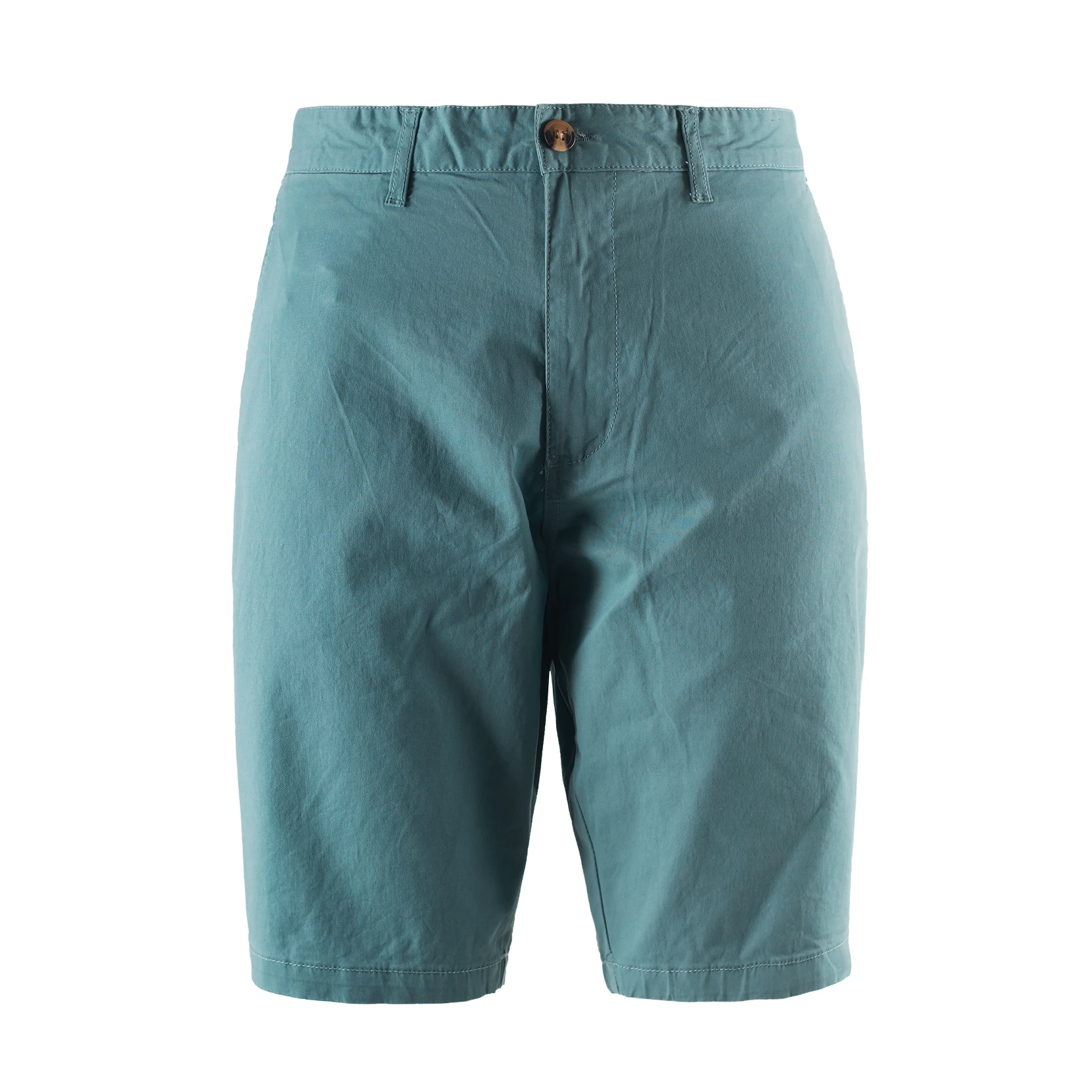
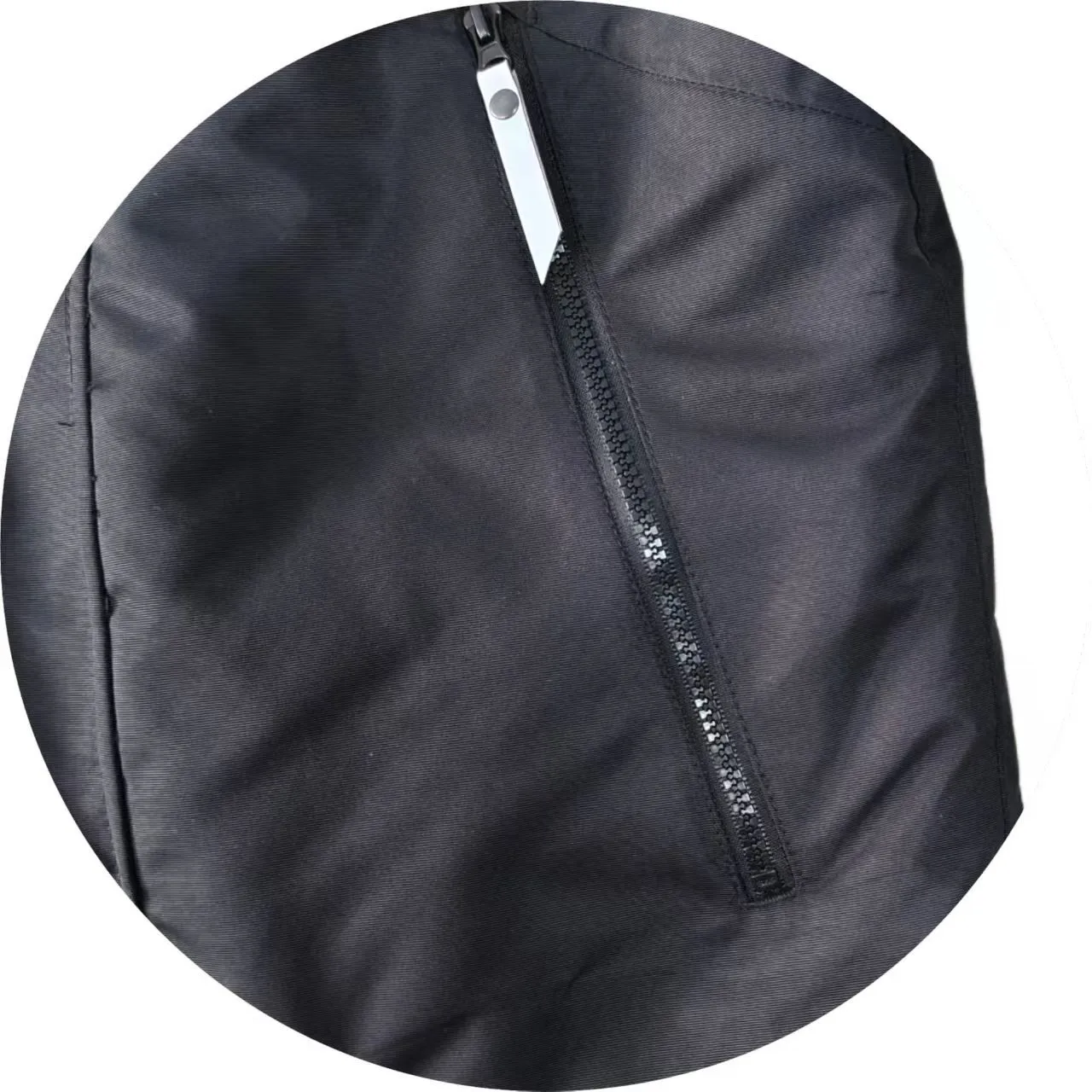
Technical specifications contribute significantly to a workwear product's acceptance in professional settings. For instance, adherence to industry standards such as ISO 11611 or EN 342 ensures compliance with safety and performance criteria. Producers backed by certifications not only affirm their commitment to quality but also strengthen consumer trust, as evidenced by their stringent adherence to established benchmarks. Expert opinions frequently underline the importance of investing in quality workwear. Industry specialists often advise that while initial costs may appear high, the longevity and reliability of superior workwear result in long-term savings. This expertise is echoed by user testimonials who highlight the reduced frequency of replacements as a significant advantage. Engaging with manufacturer specialists when selecting workwear ensures that buyers receive tailored advice, emphasizing personalization based on industry-specific needs. In creating an efficient workwear solution, the role of retailers and e-commerce platforms cannot be overstated. The seamless navigation, detailed product descriptions, and user reviews available online amplify consumer awareness, allowing educated decisions. Retailers often collaborate with industry experts to curate apparel that meets the diverse needs of various work environments, ensuring assortments reflect the best in technology and design. Trustworthiness in workwear brands is bolstered by transparent business practices. Ethical considerations, such as fair labor practices and responsible sourcing of materials, bolster brand integrity. Companies that offer open communication about their production methods and maintain robust customer service channels enhance consumer trust. This transparency is invaluable in an age where informed consumers rank ethical considerations alongside product performance. In conclusion, the landscape of workwear is burgeoning with innovation and responsibility. By aligning focus on durability, functionality, comfort, sustainability, and ethical practices, companies can capture the hearts of consumers. This ensures that workwear not only meets the practical demands of diverse professions but also stands as a testament to evolving cultural values and expectations, culminating in a product that is both a utility and a statement.
black :
next :


